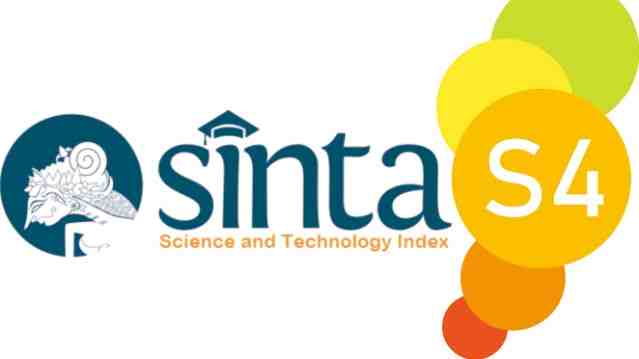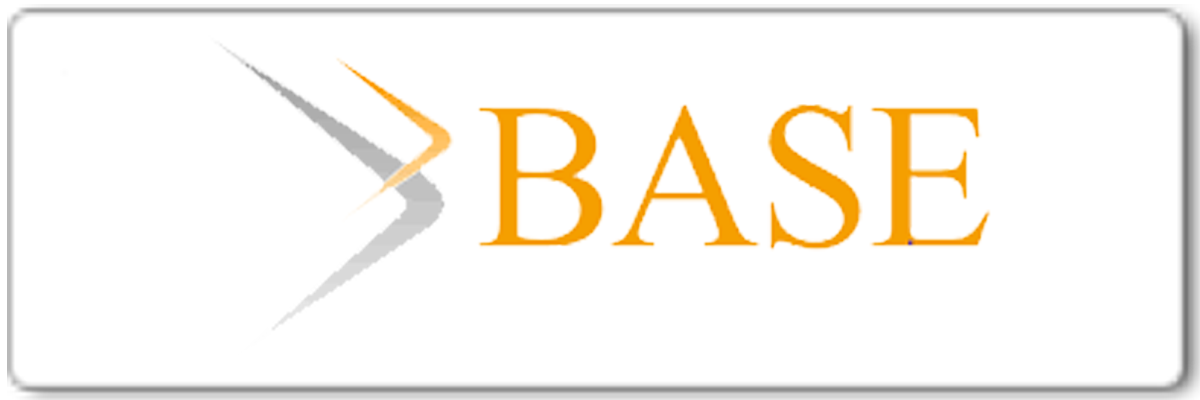ANALISIS KEMAMPUAN BERPIKIR KRITIS SISWA DALAM PEMBELAJARAN BIOLOGI
https://doi.org/10.25273/florea.v6i1.4369
Keywords:
Analysis, Critical Thinking AbilityAbstract
The purpose of this research are to analyze the critical thinking ability of XA grade student at SMK BIM Ngawi. This research is include of descriptive qualitative research. The subject of research is XA grade at SMK BIM Ngawi. The technique sampling is purposive samping. The technique that use to fix the data is essay written test that developed by critical thinking ability indicator, based on Facione opinion. Based on data analysis critical thinking ability is gotten average explanation score 72% high category, interpretation 63% high category, analysis 31% low category, self regulation 51% category enough, evaluation 46% category enough and inferation 62% high category. The results or research show that almost the students critical thinking ability category enough. That result give an information to the teacher to train the criical thinking ability so can improve the students critical thinking ability more.
Downloads
References
Agboeze, Matthias U and Ugwoke, Ernes. 2013. Enhancement of Critical Thinking Skills of Vocational and Adult Education Students for Entrepreneurship Development in Nigeria. Journal of Education and Practice. Vol.4 (17). ISSN 2222-1735 (Paper) ISSN 2222-288X (Online)
Arikunto, S. (2013). Prosedur Penelitian: Suatu Pendekatan Praktik. Jakarta: Rineka cipta.
Cheong, C.M dan Cheung, W.S. 2008. Online Discusion and Critical Thingking Skills: A case study in a Singapore Secondary School. Australian Journal of Educational Technology. 24(5): 556-557
Ennis, Robert H. 2011. The Nature of Critical Thinking: An Outline of Critical Thinking Disposition and Abilities. Diakses pada http:// faculty.ed.uiuc.edu/rhennis.
Facione, N.C, & Facione,P.A 2010. Externalizing, The Critical Thinking in Knowledge Development and Clinical Judgment. Nursing Outlook.
Hallatu, Y., Prasetyo, K. Haidar. A. (2017). Pengaruh Model Problem Based Learning Terhadap Kompetensi Pengetahuan dan Keterampilan Berpikir Kritis Siswa MA BPD Tentang Konflik. Jurnal Penelitian Pendidikan, 34 (2): 183-190.
Handriani, Lia., Harjono, A., dan Doyan, A. (2015). Pengaruh Model Pembelajaran Inkuiri Terstruktur dengan Pendekatan Saintifik Terhadap Kemampuan Berpikir Kritis dan Hasil Belajar Fisika Siswa. Jurnal Pendidikan Fisika dan Teknologi, 1(3):210-219.
Hendra, S. (2013). Belajar Orang Genius. Jakarta: Gramedia
Hayudiyani, M., Arif, M., dan Risnasari, M. (2017). Identifikasi Kemampuan Berpikir Kritis Siswa Kelas X Tkj Ditinjau Dari Kemampuan Awal Dan Jenis Kelamin Siswa di SMKN 1 Kamal. Jurnal Ilmiah Edutic, 4(1) :20-31.
Iavokos, Tsiplakides. (2011). Critical and Creative Thinking in the English Language Classrom, International Journal of Humanities and Social Science. 1(8): 82-86.
Kazempour, E. (2013). The Effect of Inquiry Based Teaching on Critical Thinking of Students, Journal of Social Issues and Humanities. 1(3)-23-27.
Kivunja, Charles. (2015). Teaching Students to Learn and to Work Well with 21 Century Skills: Unpacking the Career and Life Skills Domain of the New Learning Paradigm. International Journal of Higher Education. 4(1): 2-11.
Koasih, E. (2014). Strategi Belajar dan Pembelajaran. Bandung: Yrama Widya.
Liberna, Hawa. 2014. Peningkatan Kemampuan Berpikir Kritis Matematis Siswa Melalui Penggunaan Metode Improve pada materi Sistem Persamaan Linear Dua Variabel. Jurnal Fomatif. 2(3): 190-197.
Liliasari. (2011). Peningkatan Kualitas Guru Sains Melalui Pngembangan Keterampilan bERPIKIR Tingkat Tinggi. Seminar Nasional Pasca Sarjana. Bandung: UPI.
Muhfahroyin. (2009). Memberdayakan Kemampuan Berpikir Kritis Siswa Melalui Pembelajaran Kontruktivis. Jurnal Pendidikan dan Pembelajaran. 16(1).
Nur, M. (2013). Pendidikan dan Latihan Pembelajaran Inovatif dan Pengembangan Perangkat Pembelajaran Bermuatan Keterampilan Berpikir dan Perilaku Karakter. Kerjasama program studi Magister Pendidikan Biologi PPs Unlam dengan Pusat Sains dan Matematika UNESA.
Pujiono, Setyawan. (2012). Berpikir Kritis dalam Literasi membaca dan menulis untuk memperkuat jati diri bangsa, 778-783. UNSOED: Prosiding Bahasa dan Sastra Indonesia.
Rahma, A.N. 2012. Pengembangan Perangkat Pembelajaran Model Inkuiri Berpendekatan SETS Materi Kelarutan Dan Hasil Kali Kelarutan Untuk Menumbuhkan Keterampilan Berpikir Kritis dan Empati Siswa Terhadap Lingkungan.Journal of Educational Research and Evaluation. 2(2).
Riduwan. (2011). Dasar-Dasar Statistik. Bandung: Alfabeta.
Ritonga, G.A. 2013. Pengembangan Modul Pembelajaran Fisika Berorientasi Model Learning Cycle Pada Materi Listrik Dinamis Untuk SMA Kelas X. Skripsi Tidak Dipublikasikan. Universitas Jambi
Ruggerio, V. R. (2012). Beyond Feelings: A Guide to Critical Thinking. New York: McGraw-Hill.
Santrock, John W. (2008). Psikologi Pendidikan. Jakarta: Prenada Media Group.
Shanti, Widha N. (2017). Meningkatkan Kemampuan Berpikir Kritis melalui Problem Posing, Literasi.8(1): 49-59.
Shriner, Mary. (2006). Critical Thinking in Higher Education: An Annotated Bibliography. Insight : A Collection of Faculty Scholarship. 1(206):59-66.
Snyder, L.G dan Snyder, M.J. (2008). Teaching Critical Thinking and Problem Solving Skills. The Delta Epsilon Journal. L (2):90-99.
Sugiyono. (2009). Metode Peneltian Kuantitatif, Kualitatif dan R&D. Bandung: Alfabeta.
Orlich, D. C. (2010). Teaching strategis a guide to effective instruction. Boston : Cengage Learning.
Yaumi, Muhammad. (2012). Pembelajaran Berbasis Multiple Intelligences. Jakarta: Dian Rakyat.
Downloads
Published
Issue
Section
License
Every accepted manuscript should be accompanied by "Copyright Transfer Agreement" prior to the article publication.
Florea : Jurnal Biologi dan Pembelajarannya by http://e-journal.unipma.ac.id/index.php/JF is licensed under a Creative Commons Attribution-ShareAlike 4.0 International License.
Author who publish with this journal agree to the following terms:
- Author not hold and retain copyright and grant the journal of first publication with the work simultaneously licenced under Creative Commons Atribution Licence that allows others to share the work with an acknowledgment of the work's authorship and initial publication in this journal.
- Authors are able to enter into separate, additional contractual arrangements for the non-exclusive distribution of the journal's published version of the work with an acknowledgment of its initial publication in this journal.
- Authors are permitted and encouraged to post their work online prior to and during the submission process, as it can lead to productive exchanges, as well as earlier and greater citation of published work.










